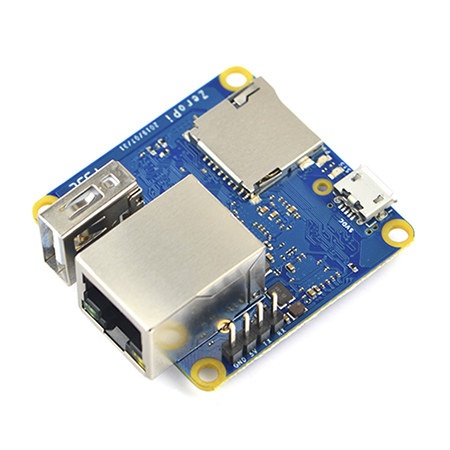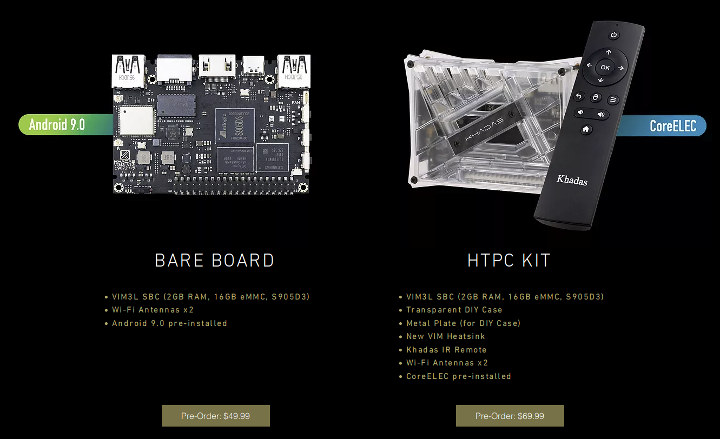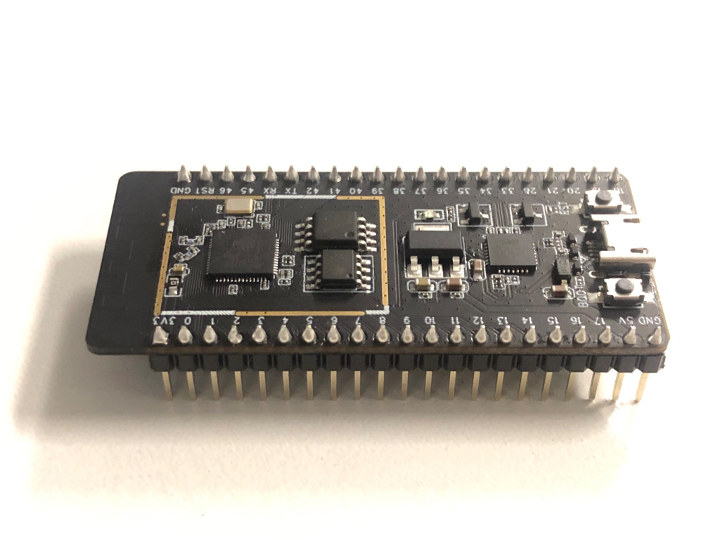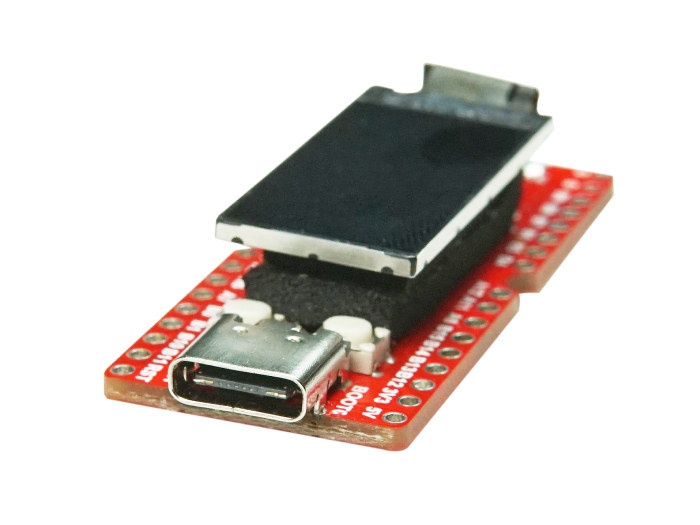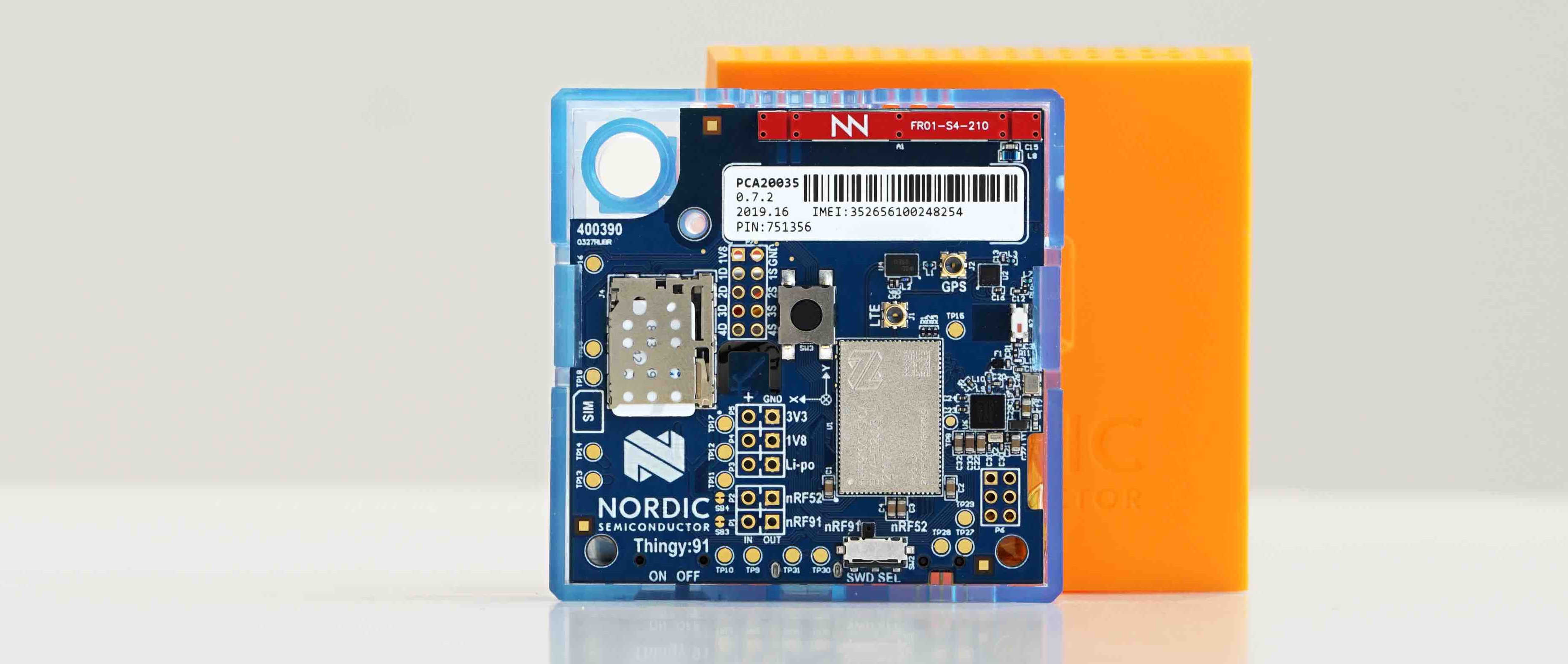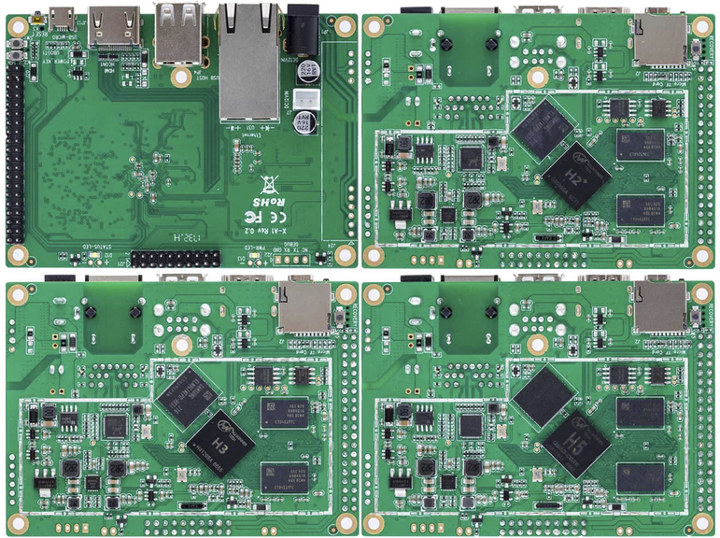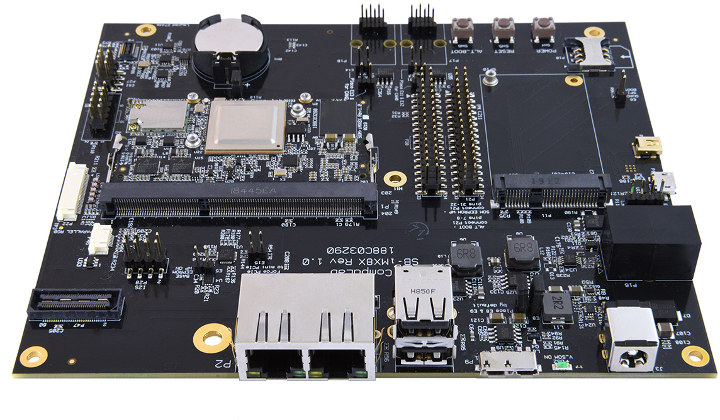Several years ago, FriendlyELEC launched NanoPi NEO board with Allwinner H3 quad-core Cortex-A7 processor followed by NanoPi NEO2 upgrading to the Allwinner H5 64-bit Arm Cortex-A53 processor. Both boards target low-cost headless applications with I/O headers, USB and Ethernet, but while the NEO2 comes with Gigabit Ethernet, NEO SBC only features 10/100M Ethernet. The company has now been working on a new family of boards called ZeroPi that’s very similar to NanoPi NEO boards, but they do not come with any I/O headers, and the first ZeroPi board features Allwinner H3 processor, and Gigabit Ethernet. ZeroPi specifications with highlights in bold or stricken-through showing differences against NanoPi NEO: SoC – Allwinner H3 quad-core Cortex A7 @ 1.2 GHz with an Arm Mali-400MP2 GPU System Memory – 256 or 512 MB DDR3 Storage – MicroSD card slot, unmounted SPI flash Connectivity – Gigabit Ethernet via Realtek RTL8211E PHY USB – 1x […]
Khadas VIM3L SBC up for pre-order for $50 and up, VIM1 & VIM2 Price Reduced
Shenzhen Wesion recently unveiled Khadas VIM3L SBC designed for HTPC / media center use cases. The board is based on Khadas VIM3 PCB but replaces the powerful Amlogic A311D processor by Amlogic S905D3 processor that should be just as good for video playback, but enable much cheaper hardware. Khadas VIM3L Pre-orders The board is not quite available yet, but the company has started to take pre-orders for Khadas VIM3L at discounted prices either as a bare board with Android 9.0 pre-installed ($49.99), or as a CoreELEC HTPC kit with enclosure, heatsink, WiFi antennas, and IR remote control ($69.99). Both feature Amlogic S905D3 quad-core Cortex-A55 processor coupled with 2GB LPDDR4(X) RAM, 16GB eMMC flash, and support 4Kp60 video output and playback with HDR support. Prices will increase with time as follows: September 3-16 (Early Bird) – $49.99 and $69.99 for the board and HTPC kit respectively September 17 – October 7 […]
ESP32-S2 Processor Datasheet Released, Development Boards Unveiled
Last may Espressif Systems unveiled ESP32-S2 secure WiFi processor with a single Xtensa LX7 core clocked at 240 MHz, and the first ESP32 processor to come with a built-in USB (OTG) interface, as well as some new features such as WiFi Time-of-Flight (ToF), hardware security, LCD RGB & camera interfaces, and more. Note that contrary to other ESP32 processors launched so far, ESP32-S2 does not support Bluetooth. ESP32-S2 Datasheet The processor is still not available, but there has been some interesting development in recent weeks. First the datasheet (PDF) has been released, so we’ve got to check more technical details including the processor diagram below. The main specifications have not changed, so I won’t reproduce them here, and you can check out ESP32-S2 announcement for specs. ESP32-S2 Development Boards The first ESP32-S2 development boards are also available… in Espressif Systems’ offices that is, but not quite publicly. The board above […]
$5 Longan Nano GD32V RISC-V Development Board Comes with LCD Display and Enclosure
There’s been some exciting news about RISC-V microcontrollers recently with Gigadevice announcing GD32V, one of the first RISC-V general-purpose microcontrollers, which outperforms its Arm Cortex-M3 equivalent in terms of performance and power consumption. The company also announced some development boards, but they are not quite that easy to purchase being listed on Tmall website in China. The good news is that Sipeed has introduced Longan Nano development board powered by GD32VF103CBT6 microcontroller, and it’s up for sale on Seeed Studio for $4.9. Longan Nano board specifications: MCU – Gigadevice GD32VF103CBT6 32-bit RISC-V (rv32imac) microcontroller @ 108 MHz with 128KB Flash, 32KB SRAM Storage – MicroSD card slot Display – 0.96″ 160×80 IPS RGB LCD connected via SPI USB – 1x USB Type-C port for power and programming Expansion – 2x 16 through holes (2.54mm pitch) exposing 3x USART, 2x I2C, 3x SPI, 2x I2S, 2x CAN, 1x USBFS (OTG), 2x […]
Nordic Thingy:91 Cellular IoT Prototyping Platform Comes with 16 Sensors
Nordic Semiconductor launched the Nordic Thingy:52 back in mid-2017 in the hopes of bringing app and web developers into the hardware ecosystem as fast and easy as possible. The Nordic Thingy:52 was a Bluetooth 5 IoT sensor development kit based on the company’s nRF52832 WiSoC. Although the Nordic Thingy:52 kit is still very much available for purchase and support always available, Nordic Semiconductor has gone further launching a new development kit called the Nordic Thingy:91 targeting cellular IoT applications. The Nordic Thingy:91 is a cellular IoT prototyping platform with support for LTE-M, NB-IoT plus GPS option. Even though IoT connectivity standards like LoRaWAN, BLE, WiFi, ZigBee, and others are very much growing and expanding, Nordic Semi is fully backing cellular technology, something that has very much been available and most likely will still keep been available, and the adoption of 5G is another testimony to that. Cellular is here, and […]
Project-X A1-Series Production-Ready Pico-ITX SBCs are Powered by Allwinner Processors (Crowdfunding)
We already have plenty of Allwinner single board computers thanks to companies such as Shenzhen Xunlong Software with their Orange Pi boards, FriendlyELEC NanoPi boards, and Libre Computer Tritium SBCs. Those boards are fine for hobbyist’s project but may fall short when integrated into consumer products, although some products have already been launched with those board such as RetroEngine Sigma retro game console (Orange Pi), or Firewalla firewall appliance (NanoPi neo) ActPower Taiwan Ltd’s Project-X is a little different as it relies on Pico-ITX form factor targetting mass production of low volume manufacturing. Their first Project-X A1-series focus exclusively on Allwinner H-Series (H2+, H3, and H5) processor, but if the concept takes off they may launch boards equipped with processors from other silicon vendors. There are currently three Project-X A1 boards with the following key features and specifications: SoC (one or the other) Allwinner H2+ quad-core Cortex-A7 processor Allwinner H3 […]
GigaDevice Releases GD32V RISC-V MCU and Development Boards
A few years ago, we came across GigaDevice GD32 microcontroller compatible with STMicro STM32F103, but with a higher 108 MHz clock, and zero wait state internal flash. The MCU was also a drop-in replacement for the STMicro alternative since beside being software compatible, it was also pin-to-pin compatible. The company is now back with a new microcontroller, but it’s not Arm-based. Instead, GigaDevice GD32V is based on RISC-V open source architecture. GD32V General Purpose RISC-V MCU GigaDevice GD32V is a 32-bit RISC-V general-purpose MCU that targets industrial and consumer applications such as IoT, edge computing, artificial intelligence and “vertical industries”. The new GD32VF103 series RISC-V MCU family features 14 models with the following key specifications: Core – GD32VF103 32-bit rv32imac RISC-V “Bumblebee Core” @ 108 MHz Memory – 8KB to 32KB SRAM Storage – 16KB to 128KB flash Peripherals – USB OTG and CAN 2.0B I/O – 3.3V, 5V tolerant […]
Compulab CL-SOM-iMX8X SoM & SBC Feature NXP i.MX 8QuadXPlus Quad Core Cortex-A35 Processor
NXP i.MX 8X Cortex-A35 processor designed for automotive infotainment and a variety of industrial applications was officially announced in early 2017 with three parts: i.MX 8QuadXPlus with four Cortex-A35 cores, a Cortex-M4F core, a 4-shader GPU, a multi-format VPU and a HiFi 4 DSP i.MX 8DualXPlus with two Cortex-A35 cores, a Cortex-M4F core, a 4-shader GPU, a multi-format VPU and a HiFi 4 DSP i.MX 8DualX with two Cortex-A35 cores, a Cortex-M4F core, a 2-shader GPU, a multi-format VPU, and a HiFi 4 DSP In 2018, several companies unveiled i.MX 8X systems-on-module including Toradex Colibri iMX8X and Phytech phyCORE-i.MX 8X, and the processor was launched at the end of that year. There’s now another option with Compulab introducing CL-SOM-iMX8X module powered by NXP i.MX 8QuadXPlus processor, as well as SBC-IMX8X single board computer fitted with the module. CL-SOM-iMX8X System-on-Module Key features and specifications: SoC – NXP i.MX 8QuadXPlus quad-core Arm […]


